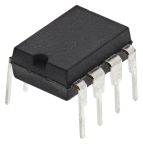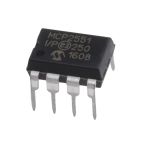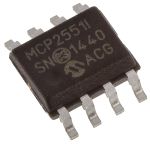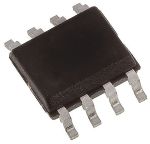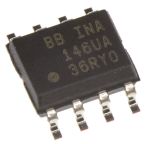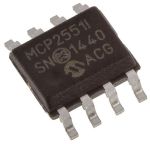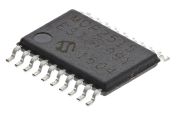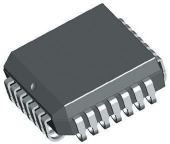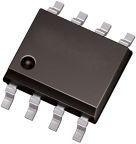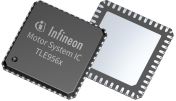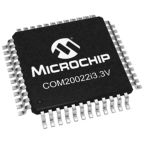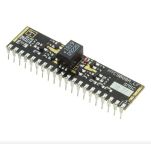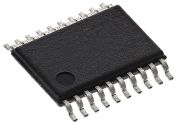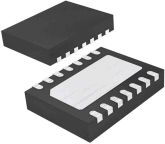CAN Interface Ics
CAN interface ICs are designed for communication between devices. CAN stands for Controller Area Network and it is a serial communication which is popular for automotive applications.
CAN bus is a specialised internal communication network that connects microcontrollers and devices so that they can communicate with each other via message-based protocols without the need for a computer host. CAN interface ICs are an important part of the communications network in vehicles, known as the 'bus'. Each CAN device on the bus is called a node. Each node is configured to receive data from the sensor equipment and transmit it to a PC.
Types of CAN interface IC
- CAN Controllers sit between the CAN bus and the chosen application. CAN controllers take data from the application and convert it into suitable data for the CAN bus.
- CAN Transceivers detect and drive data to and from the bus. The controller will use single-ended logic. So the transceiver is there to convert this into a differential signal for the CAN bus.
What are CAN interface ICs used for?
CAN interfaces facilitate communication amongst devices in a small range network and are commonly used in automotive applications. These devices are also typical in the medical instrument industry, factory automation mechanisms and to support semiconductor-based machinery in a variety of sectors.
Integrated vs. Standalone
CAN interface ICs come in two types:
Integrated, meaning there is more than one controller on the CAN bus (network system). The integrated controller requires less space and facilitates faster and more reliable communication to the microcontroller
Standalone, meaning there is a single controller on the CAN bus (network system). An independent CAN controller functions as a memory chip allowing flexibility of data transmission.
